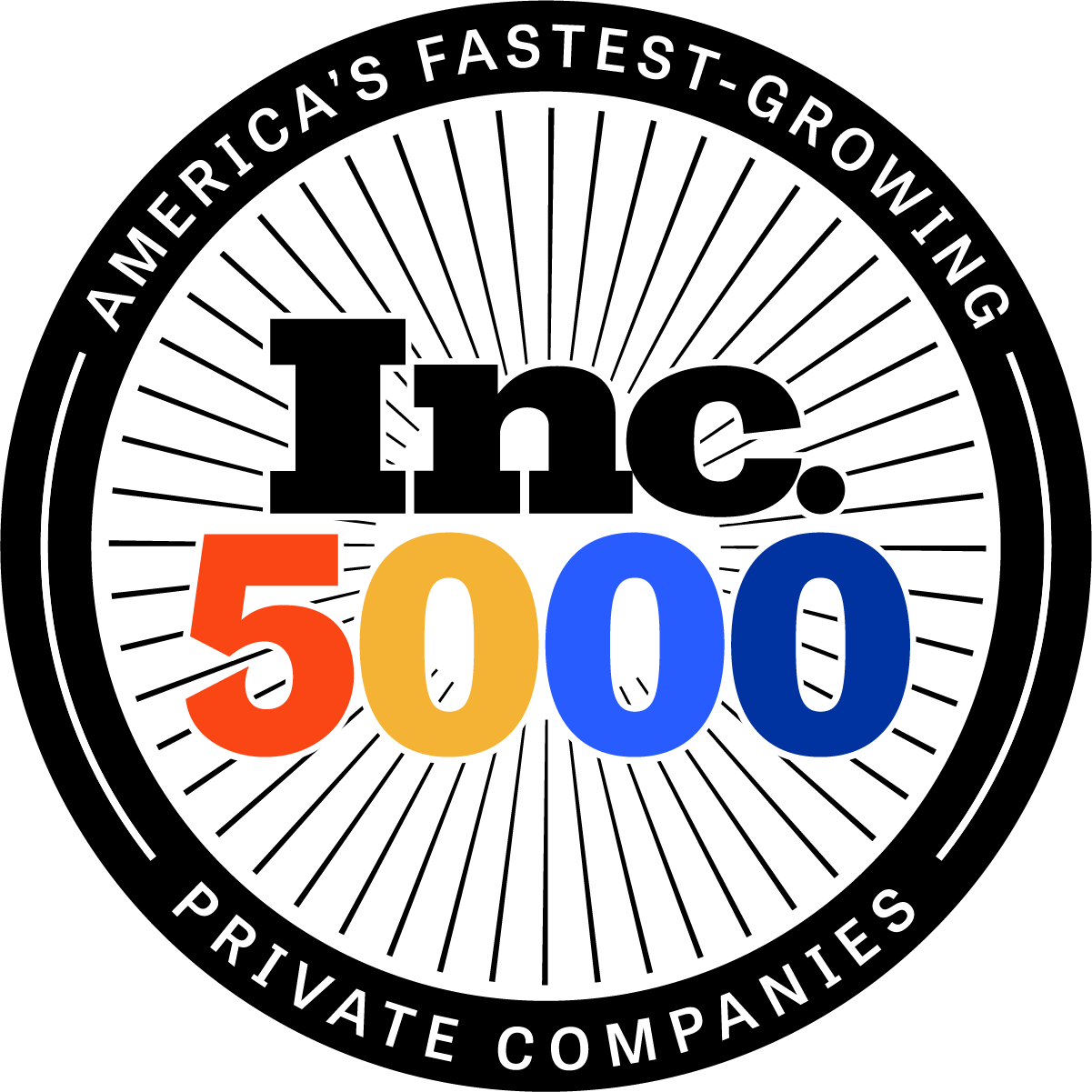Understanding 4th to Nth Party Identification in Modern Supply Chains
In today's interconnected business environment, the complexity of managing risk within supply chains has never been greater. While many companies have become adept at identifying their immediate third-party vendors, the challenge lies in identifying the broader ecosystem—the 4th to Nth parties—that impact a company’s operations and data security.
Beyond Third Parties: The Full Ecosystem

Many solutions on the market today boast the ability to map out an entire public-facing ecosystem or identify every URL associated with a business. However, identifying these connections is just the beginning. We define the third-party ecosystem as the myriad of direct and indirect relationships that companies maintain with external entities crucial to fulfilling business functions or operations. But the real challenge is determining: Who in this vast ecosystem is actually impacting my company and touching my data?
The Critical Role of Accurate Supply Chain and Sourcing Chain Data
To navigate this complexity, companies must have accurate and current details of their supply chain and sourcing chain. This information is not only vital for operational efficiency but also for meeting increasingly stringent regulatory requirements.
Think of the supply chain as the inbound flow of materials and functions that culminate in your final products. In contrast, the sourcing chain encompasses the network of vendors you rely on to process data, provide services, support operations, and handle non-core functions. Understanding the roles and relationships of each provider within these chains is essential. It is equally important to assess the type of data they handle, their risk profiles, and the specific services they offer.
Identifying Concentration Risk
A critical aspect of this analysis involves identifying concentration risk within your third, fourth, and even fifth-tier suppliers. Concentration risk refers to the potential vulnerabilities that arise when multiple vendors rely on the same subcontractor or are located in the same geographic region. This risk can have significant implications, particularly in the context of regulatory compliance and operational resilience.
The Path Forward: Internal Assessment
While the industry is eager for a “magic bullet” solution to these challenges, the reality is that a thorough internal exercise is often the most effective way forward. This involves close collaboration between procurement, business functions, and operational teams to develop a realistic and accurate understanding of the external service providers that impact your company.
How Supply Wisdom Can Help
Supply Wisdom has developed a comprehensive tool designed to assist companies in this critical endeavor. Our solution enables organizations to work closely with their internal partners to map out and monitor the full spectrum of external suppliers and vendors that influence their business. By doing so, companies can ensure they have a clear, actionable view of the risks posed by their 4th to Nth party relationships, allowing them to make informed decisions and maintain compliance in an increasingly complex regulatory environment.
#####
If you're interested in bringing innovation to your TPRM program and continuously monitoring your 4th to Nth party suppliers and their locations, book a time with one of our specialists.






